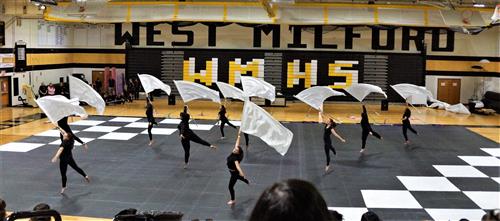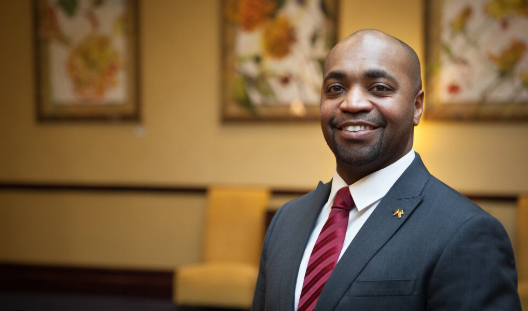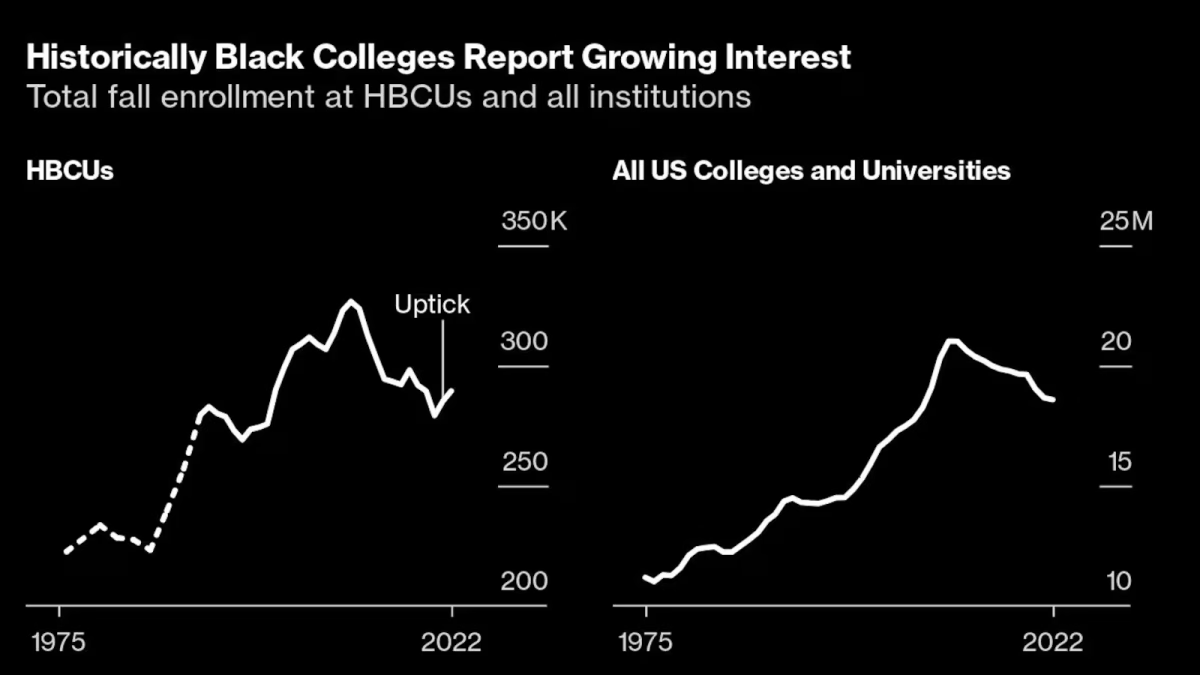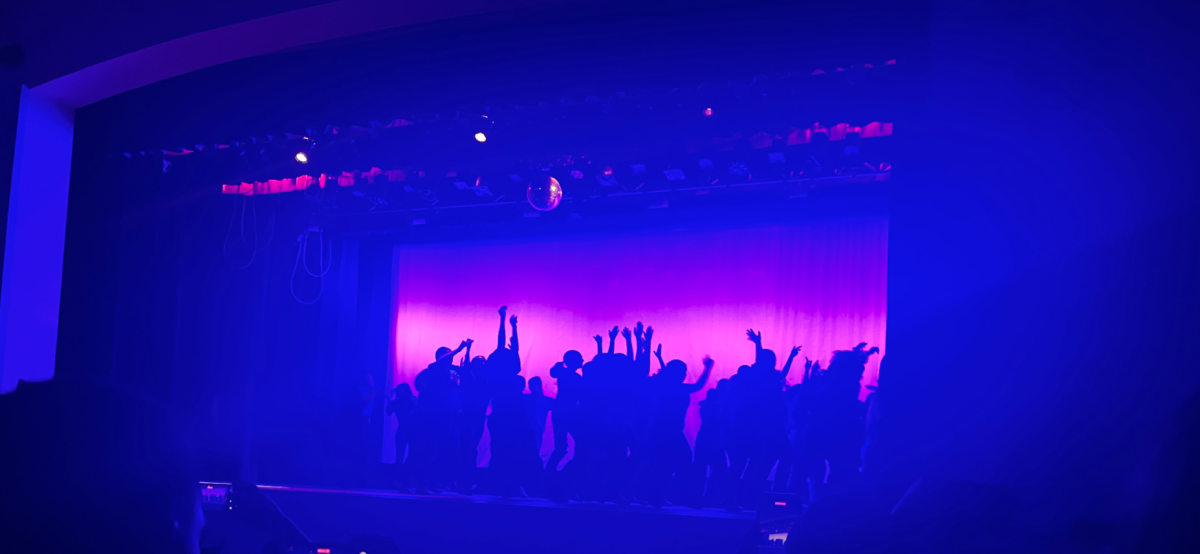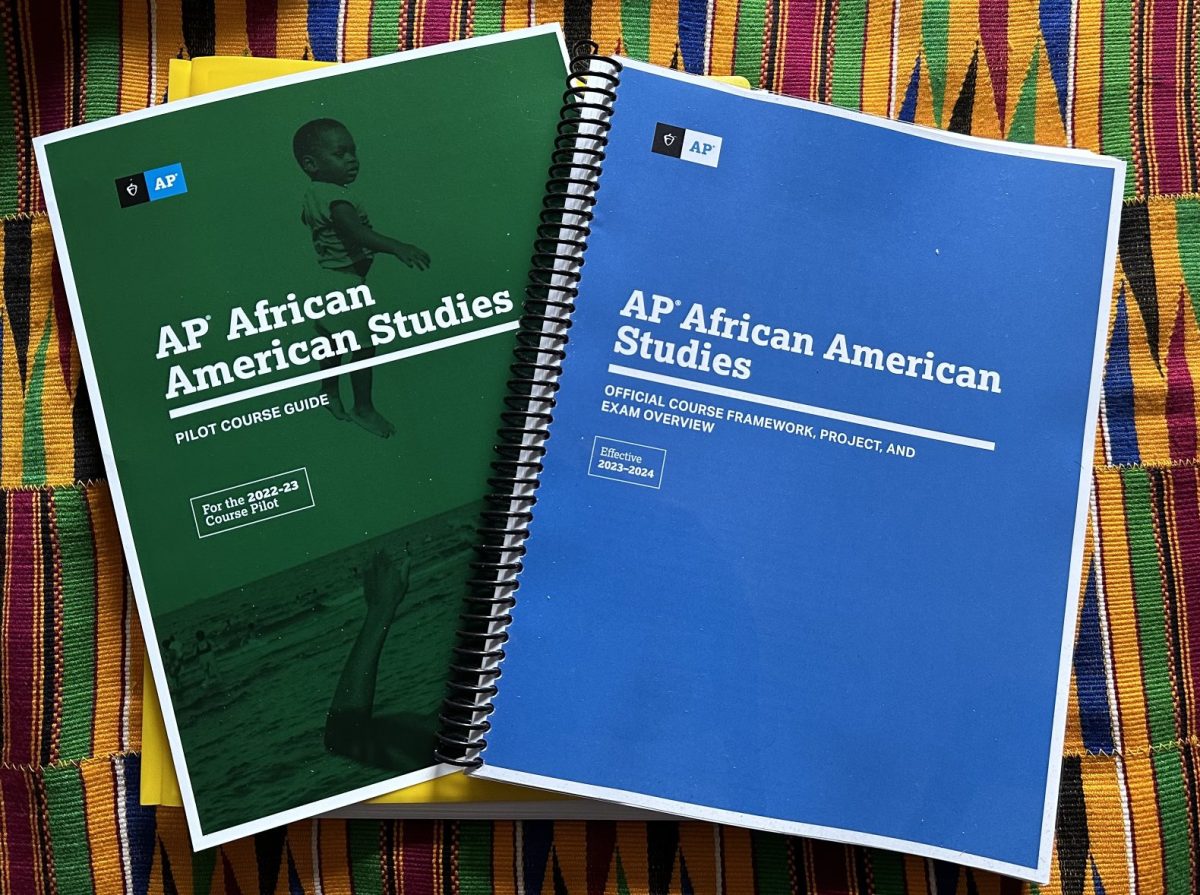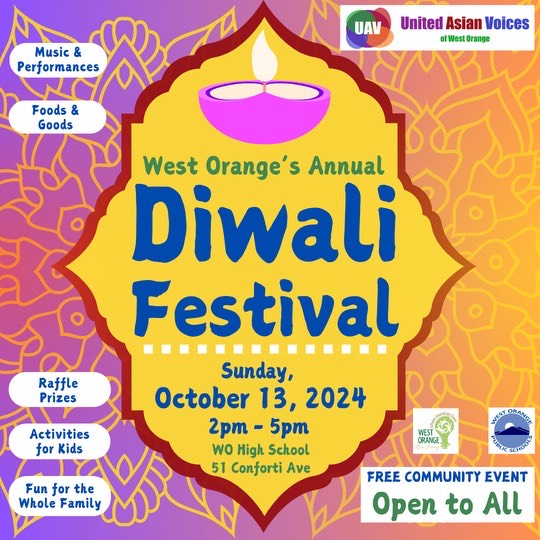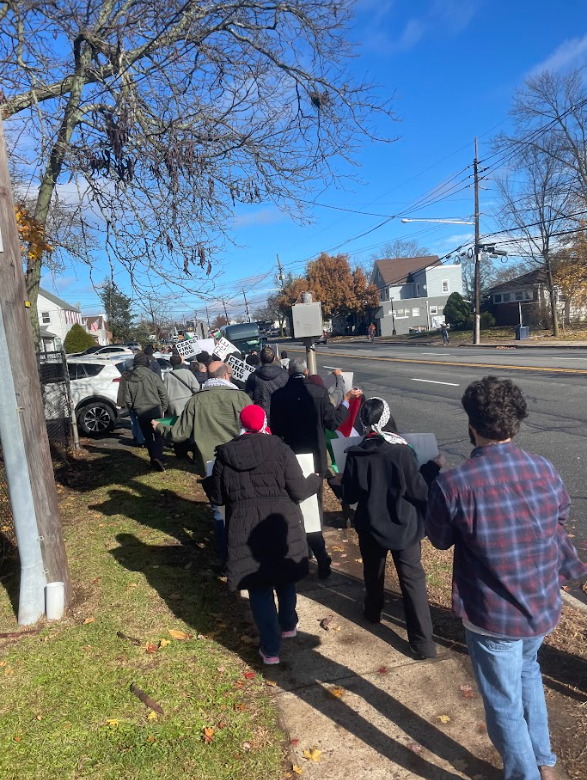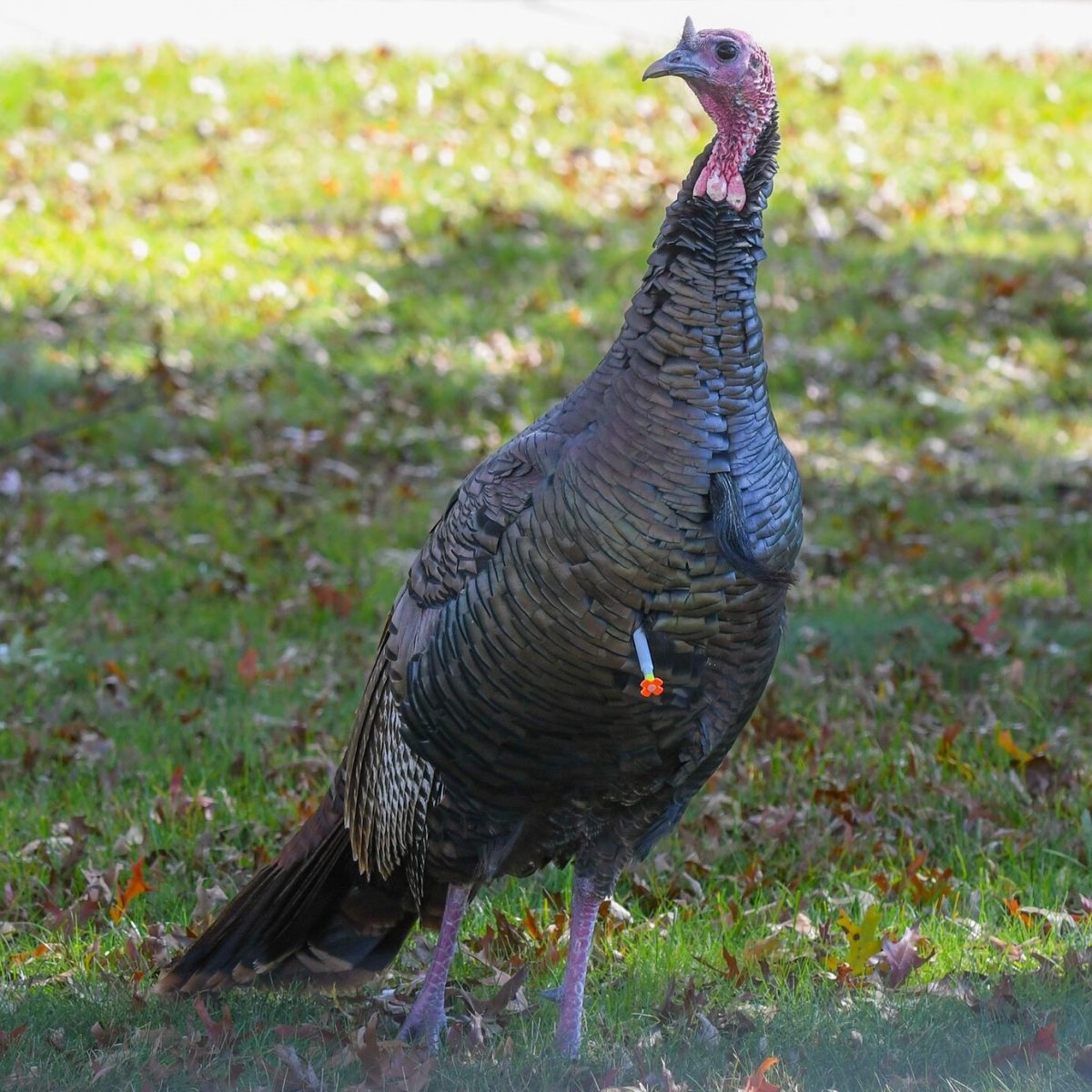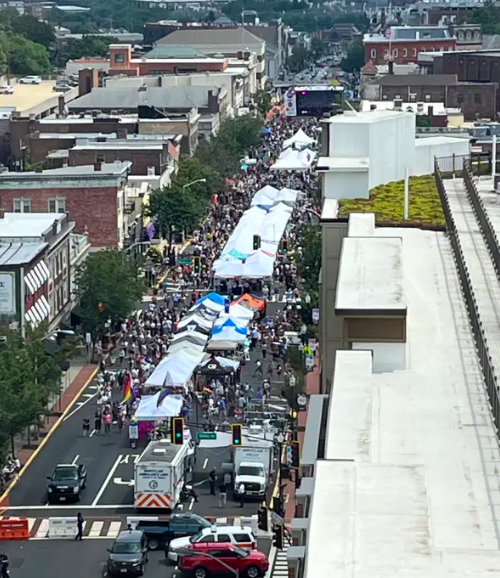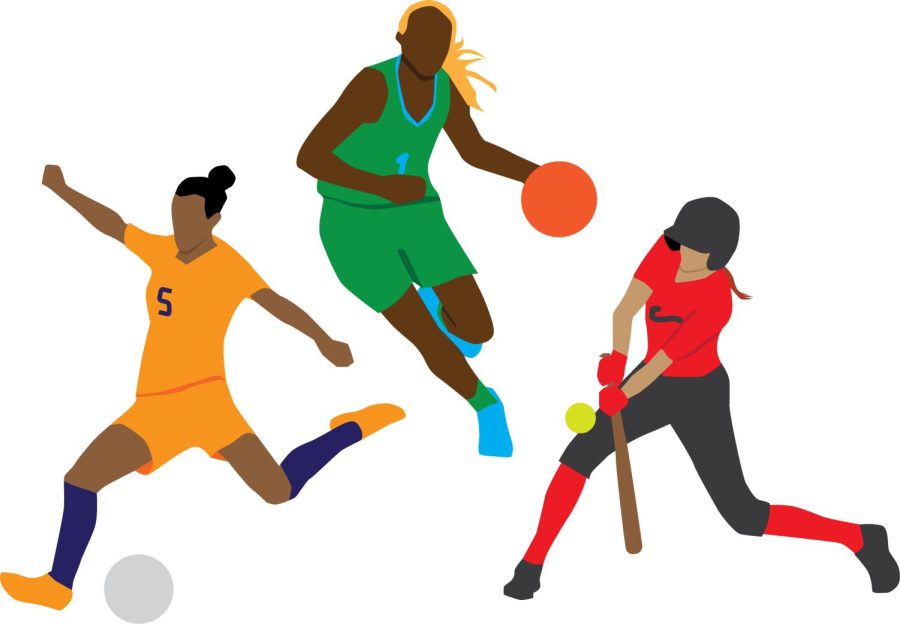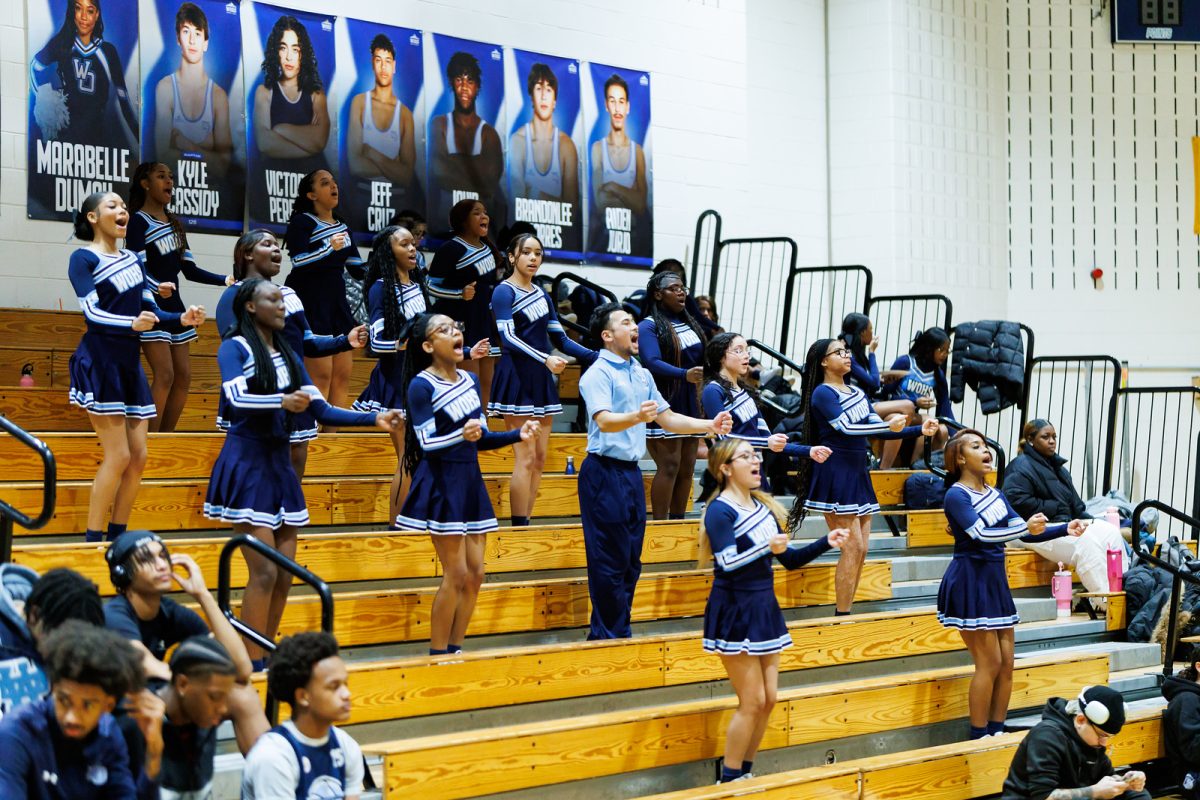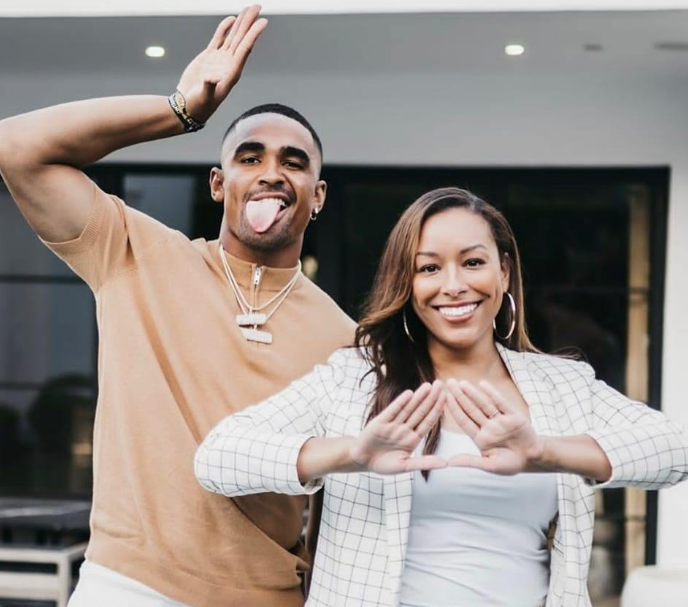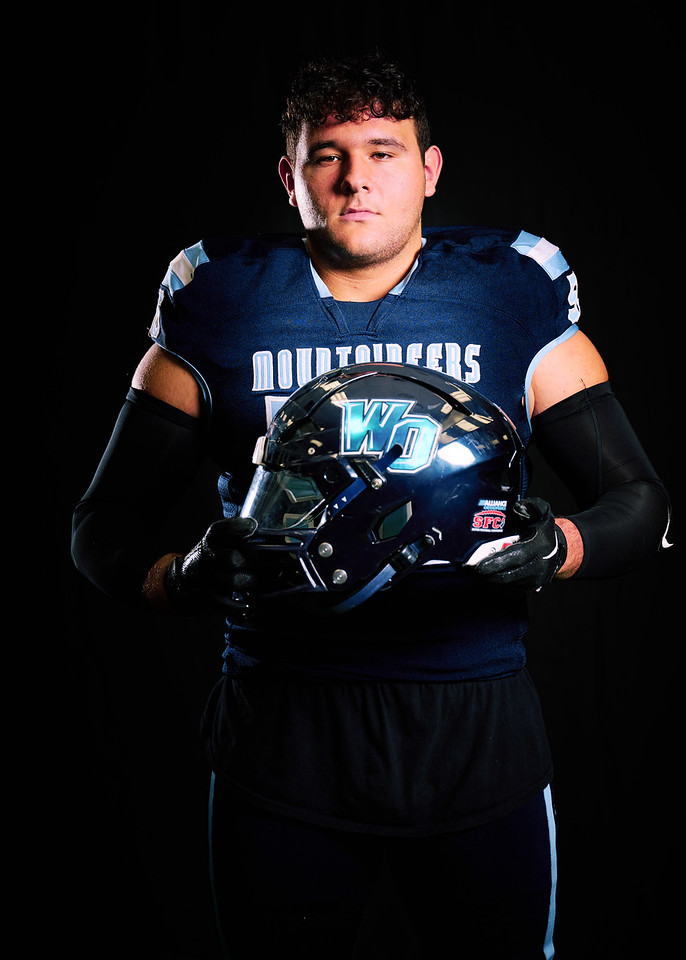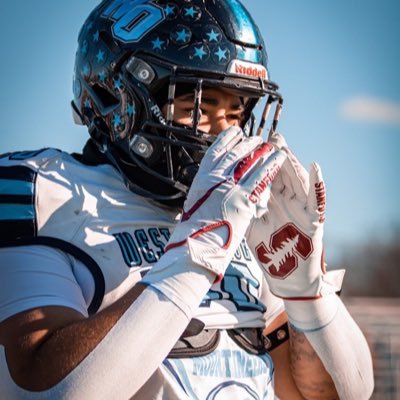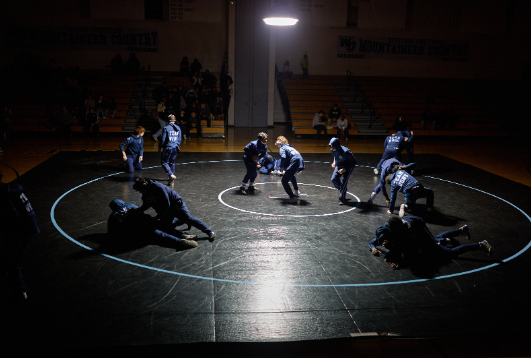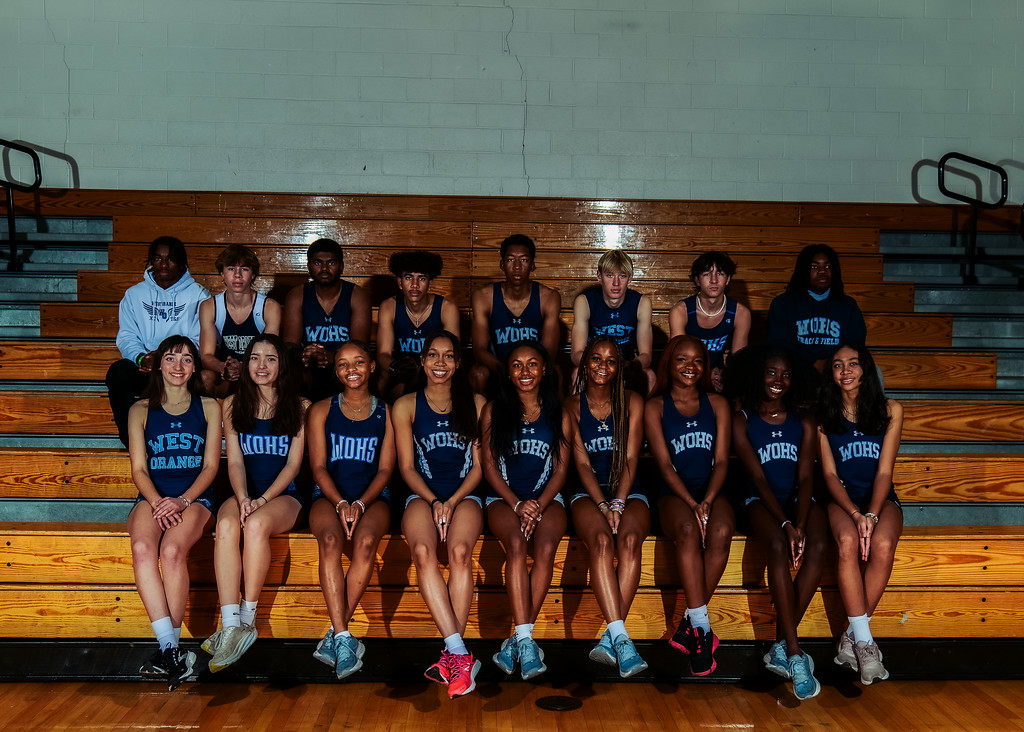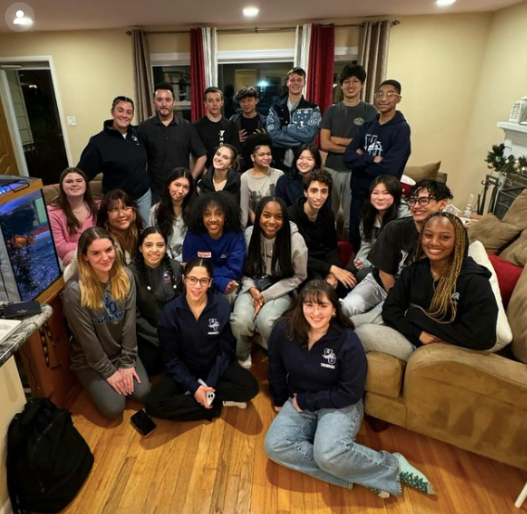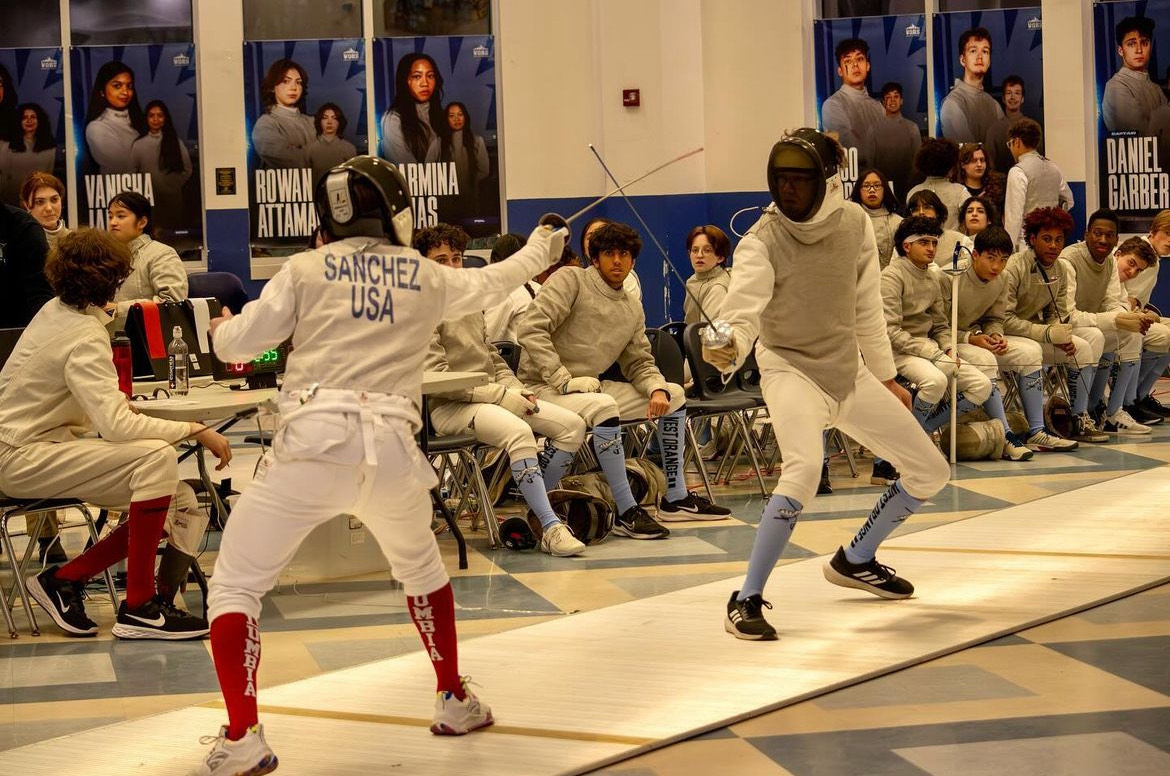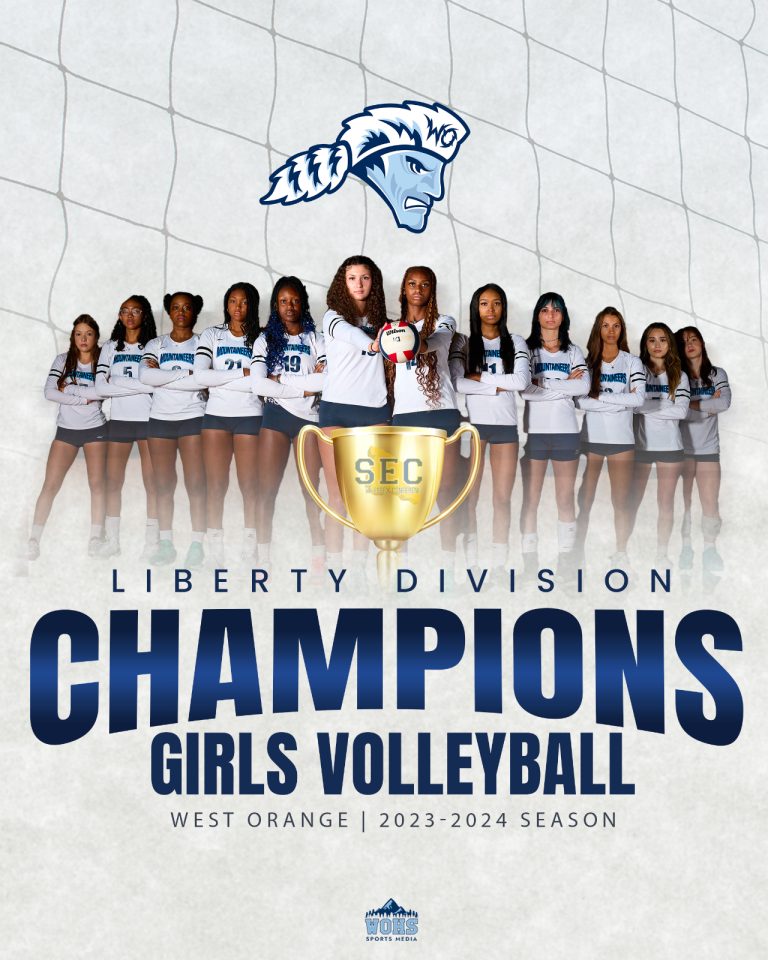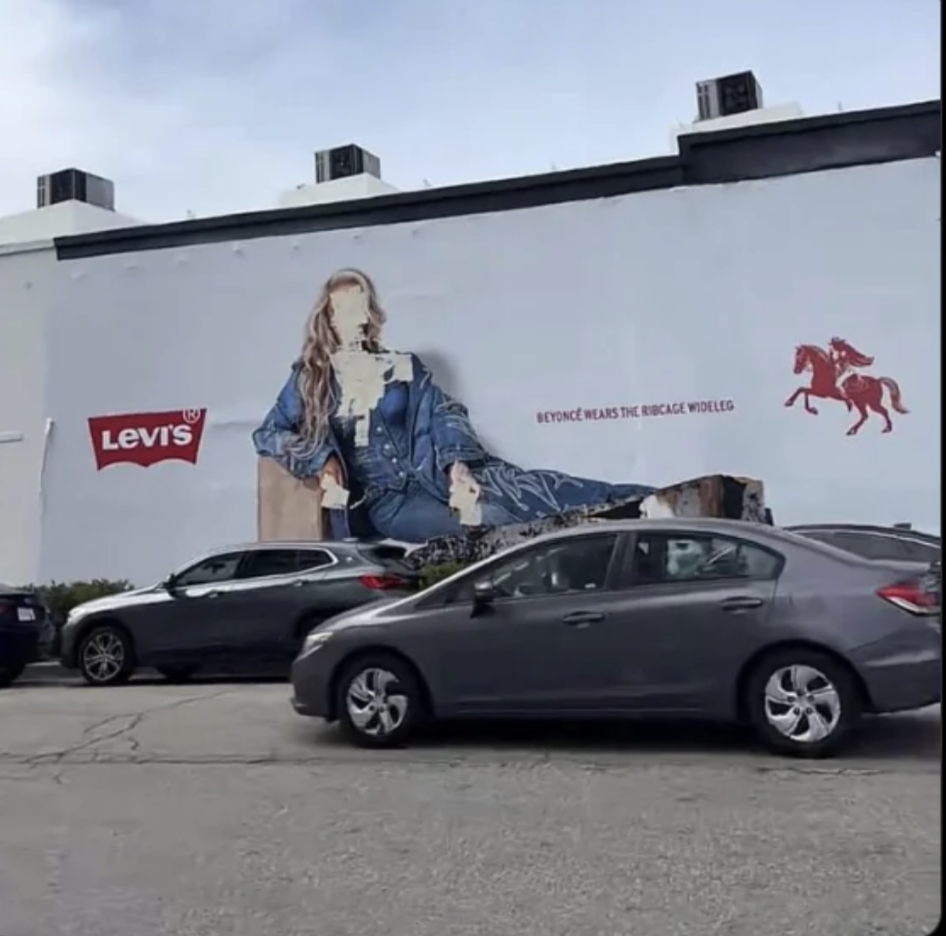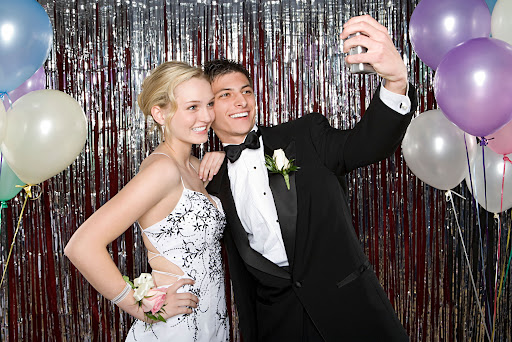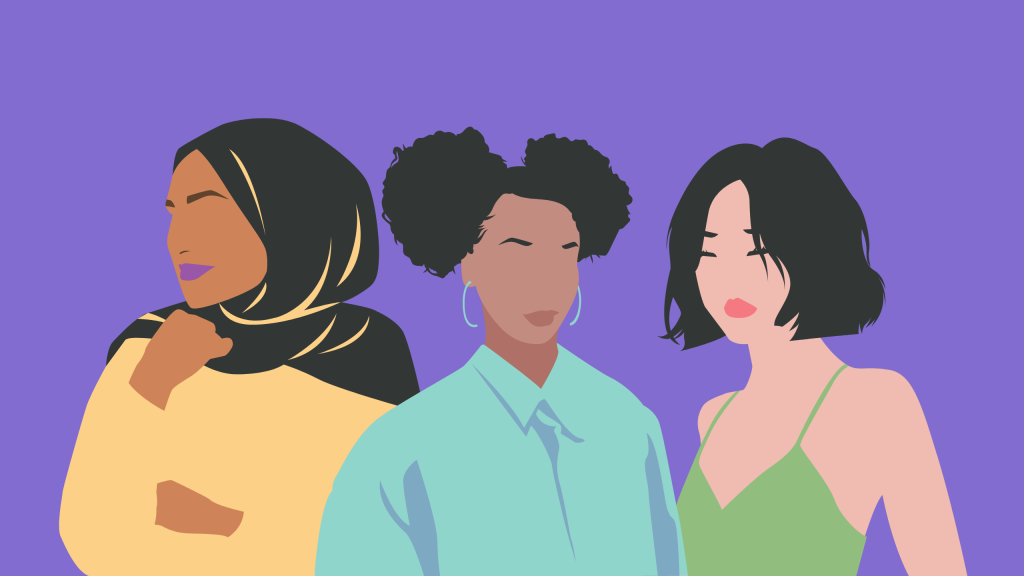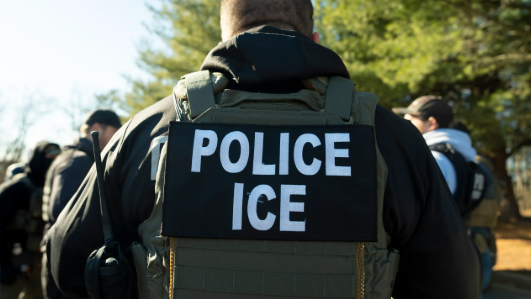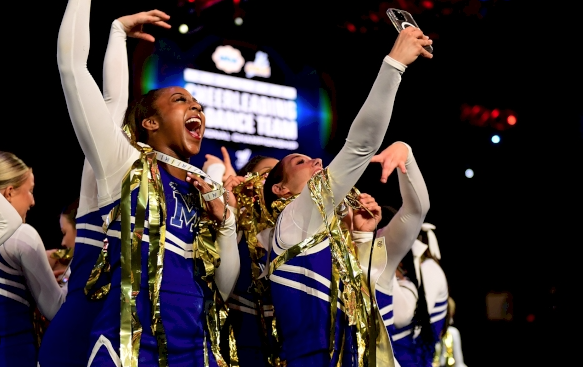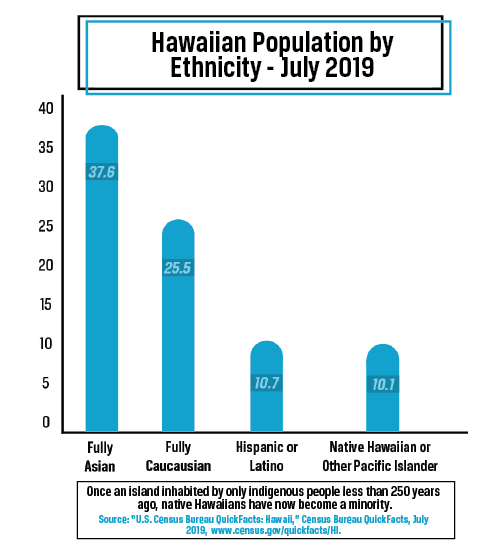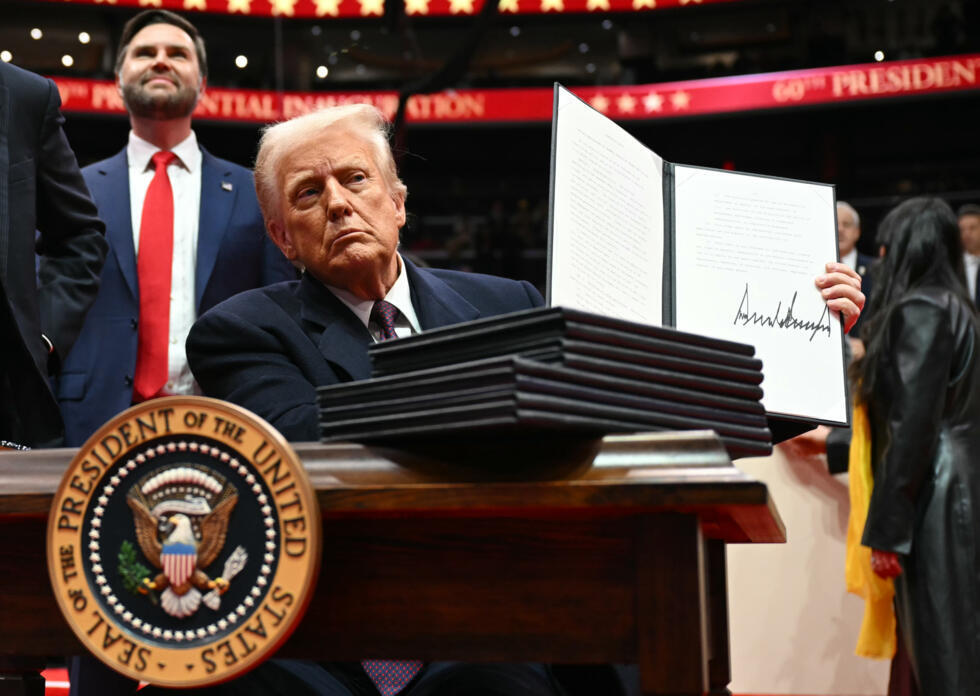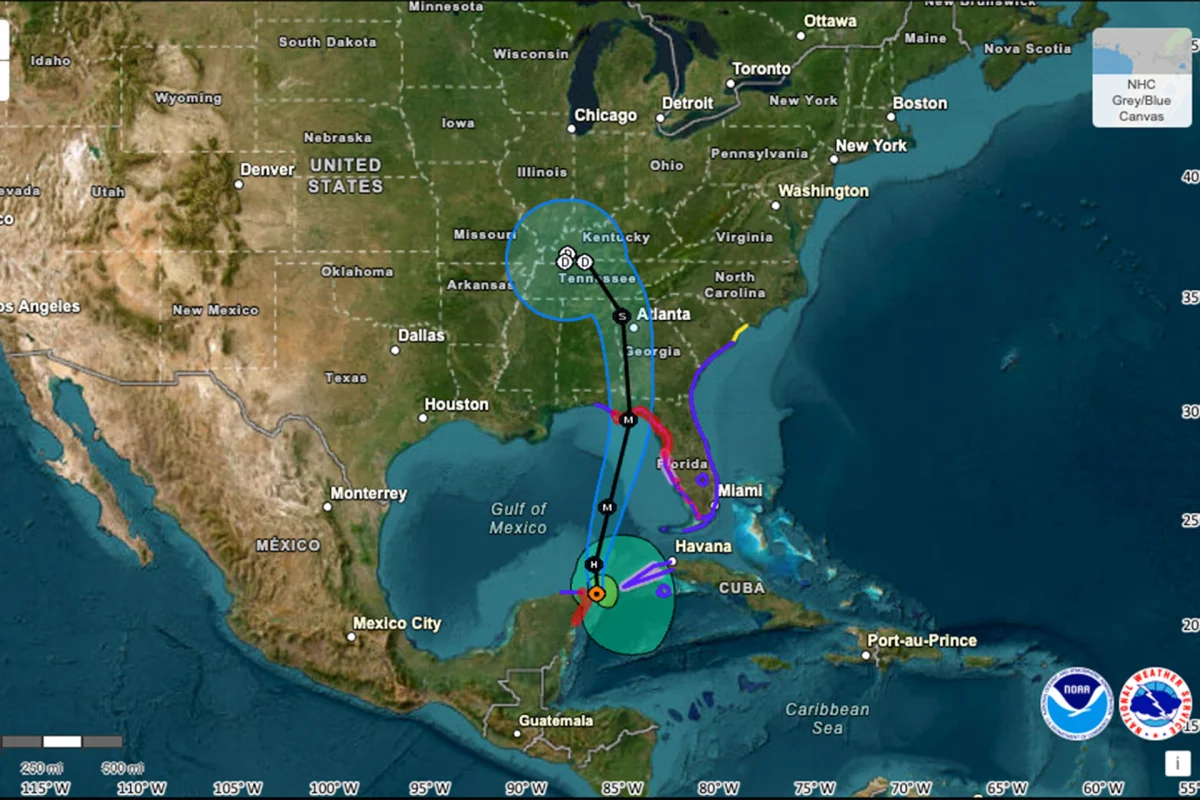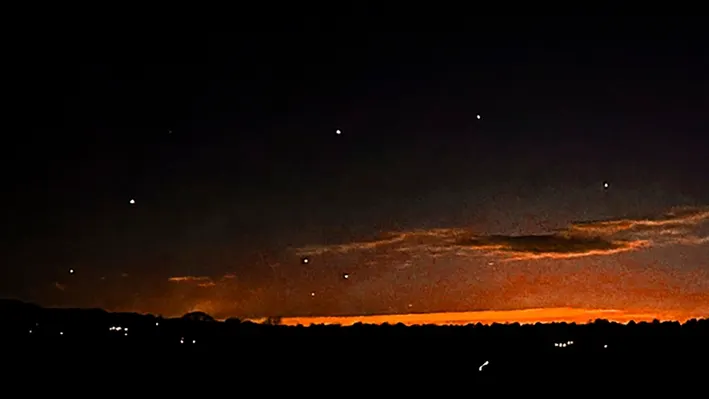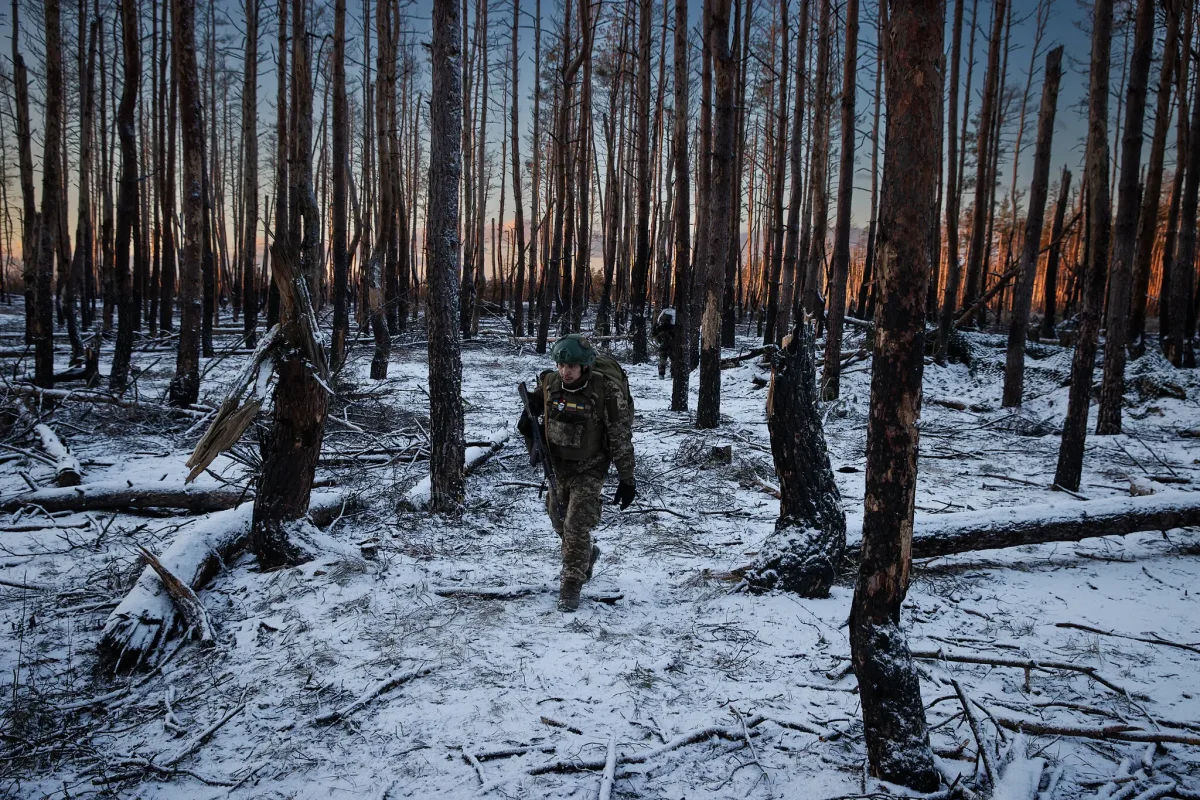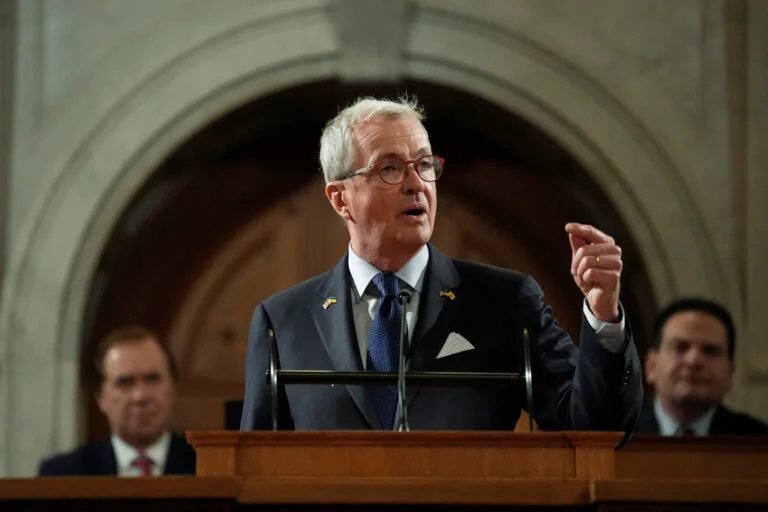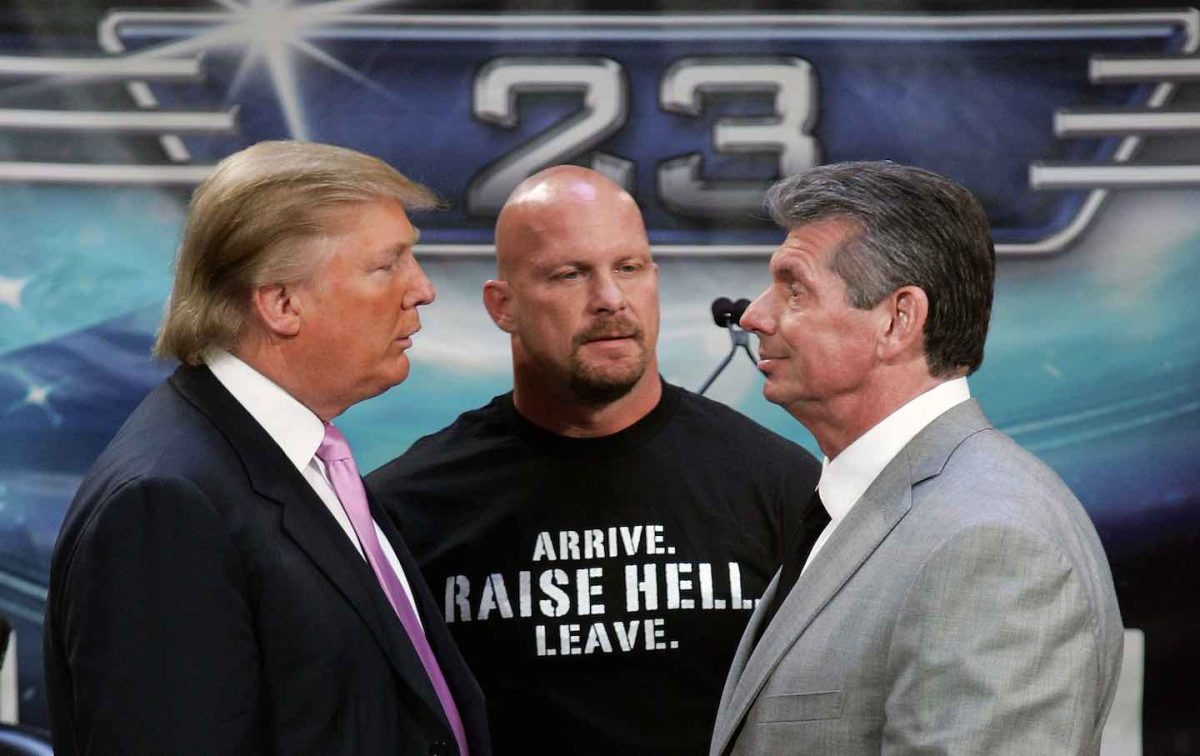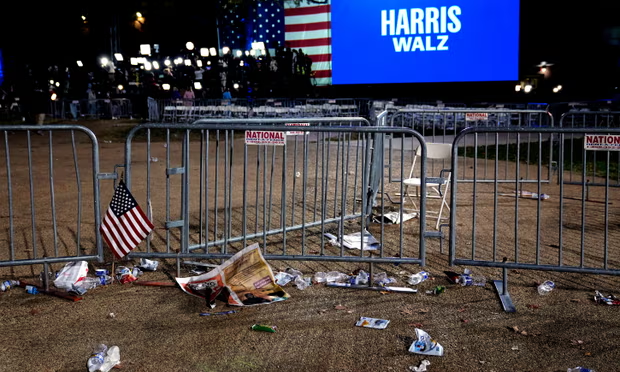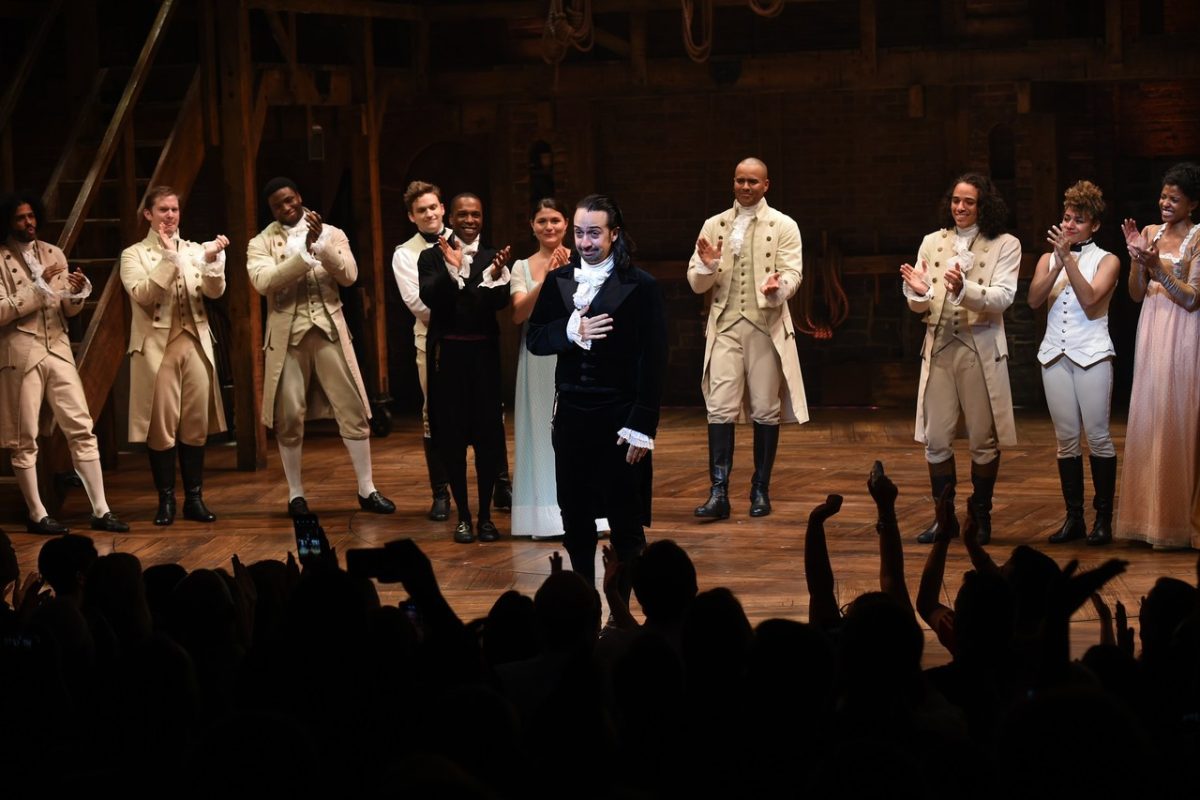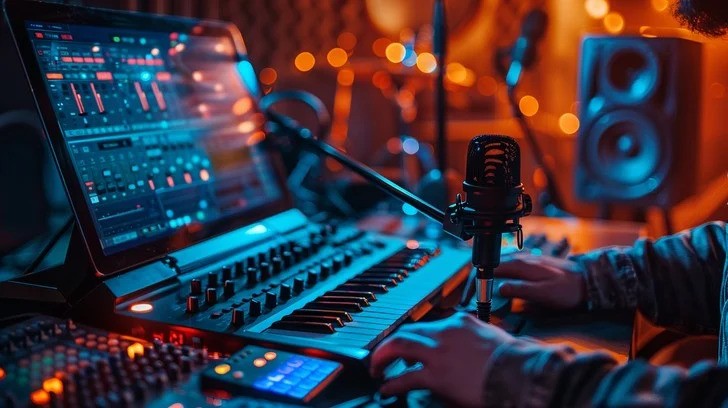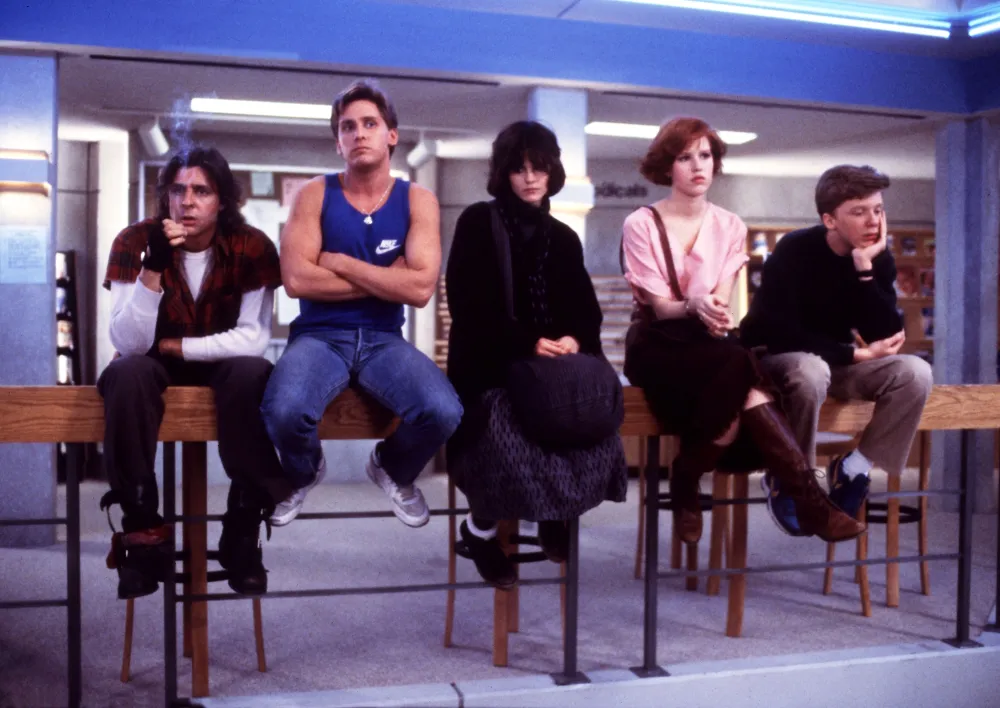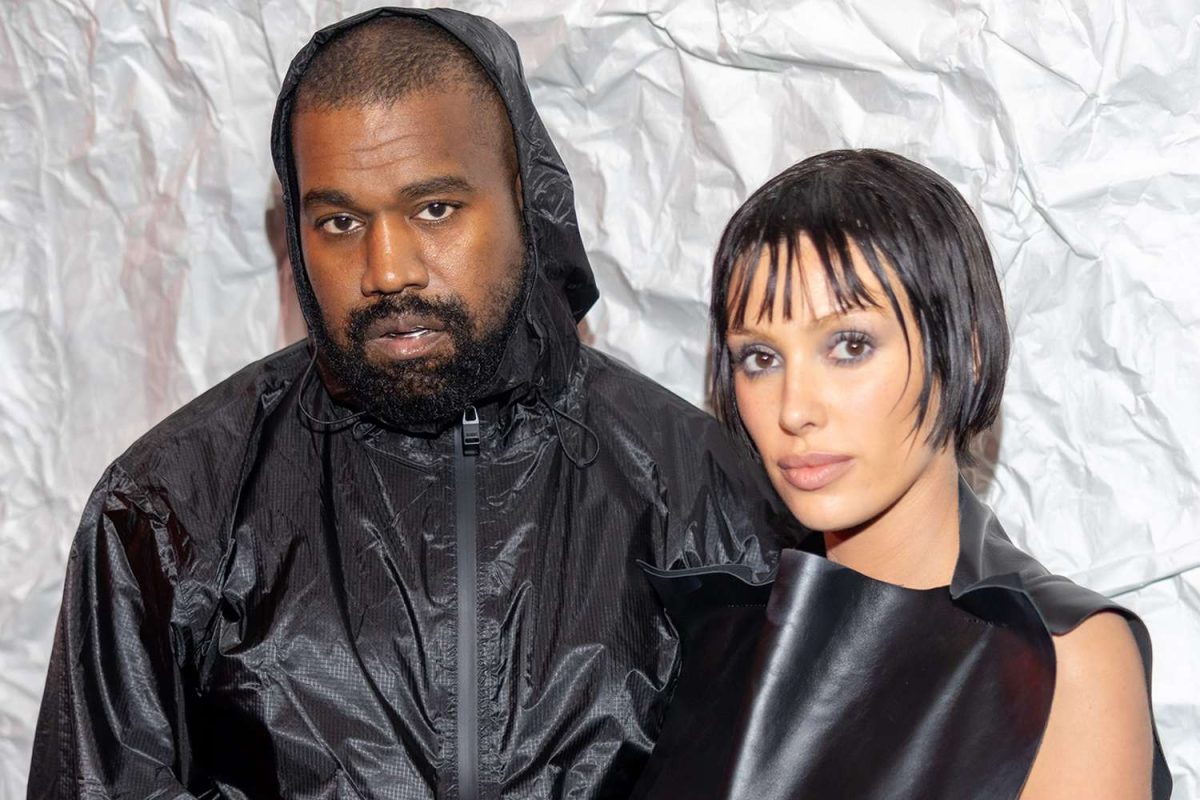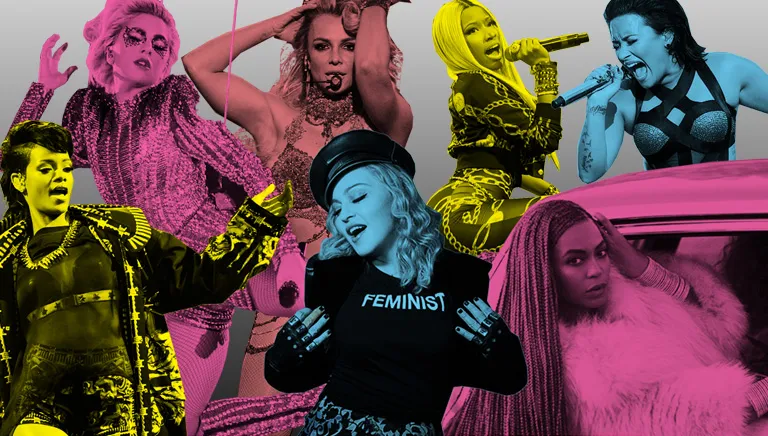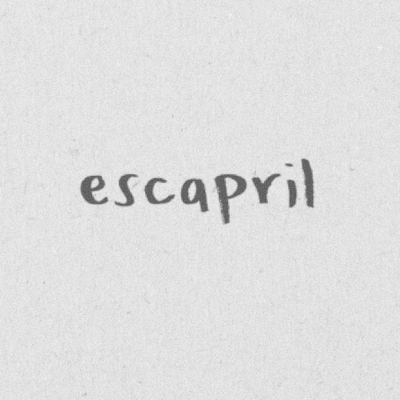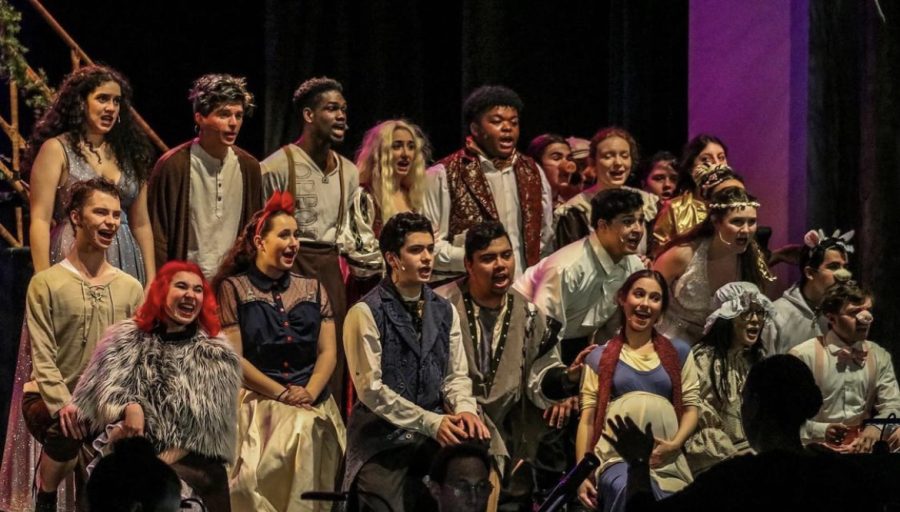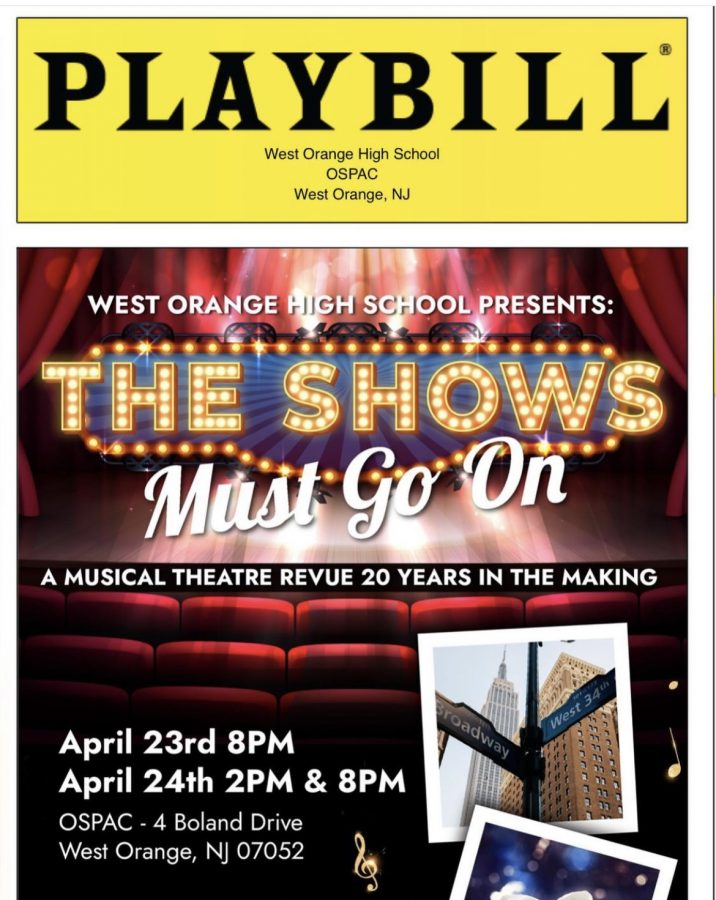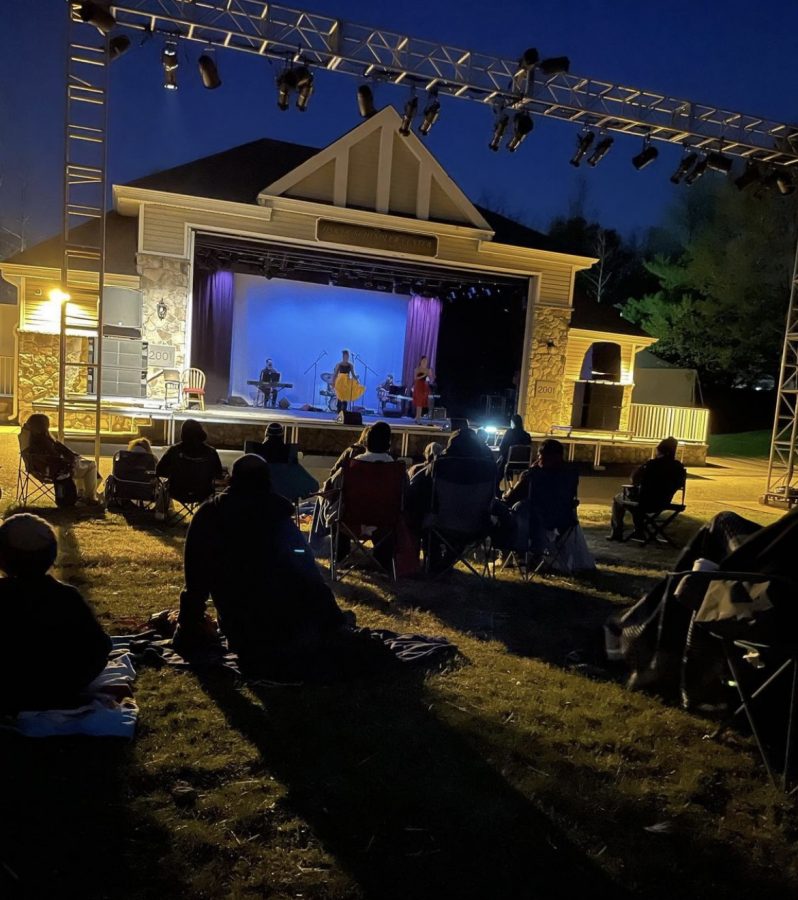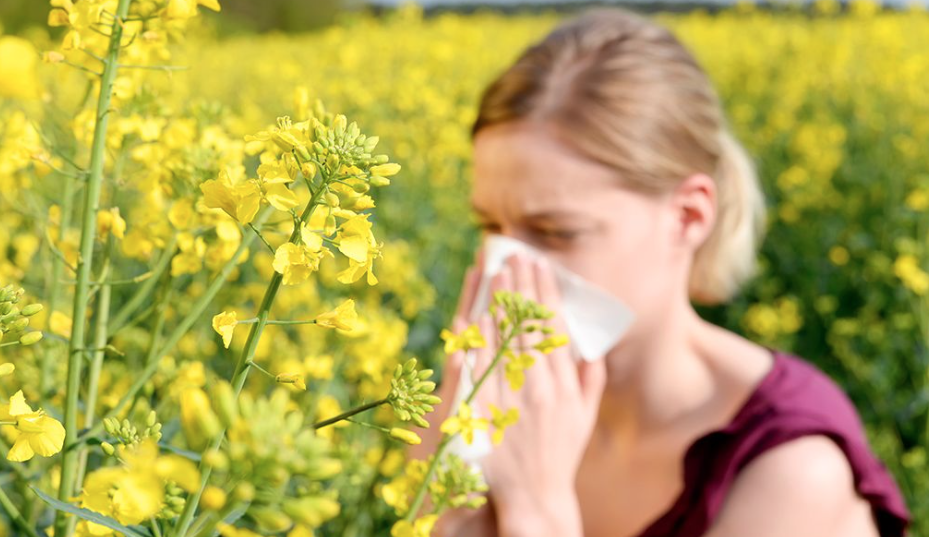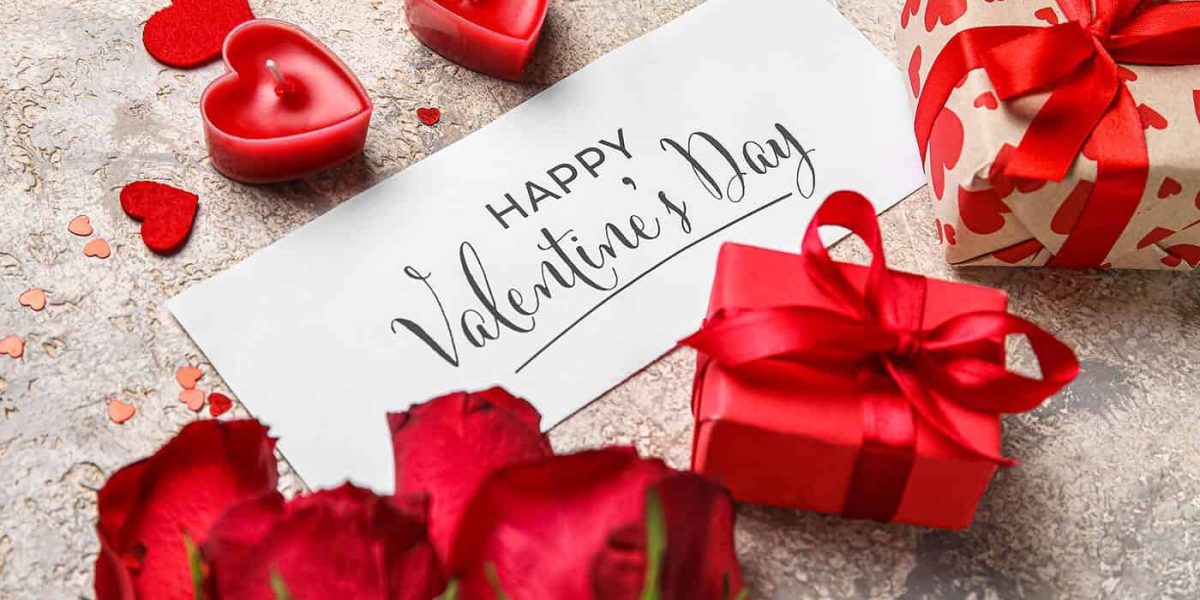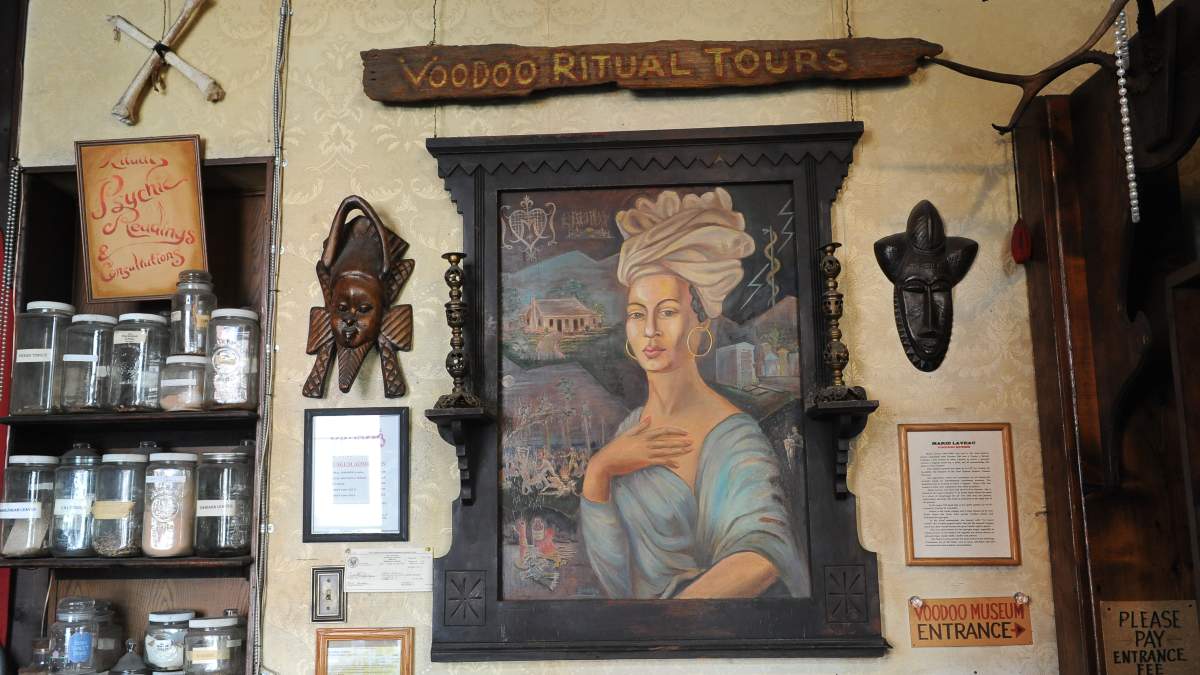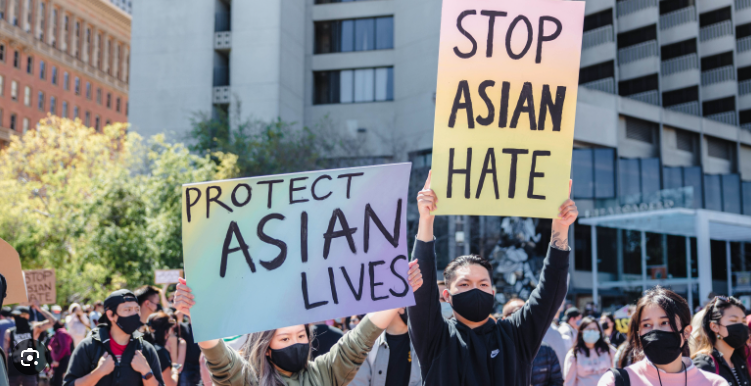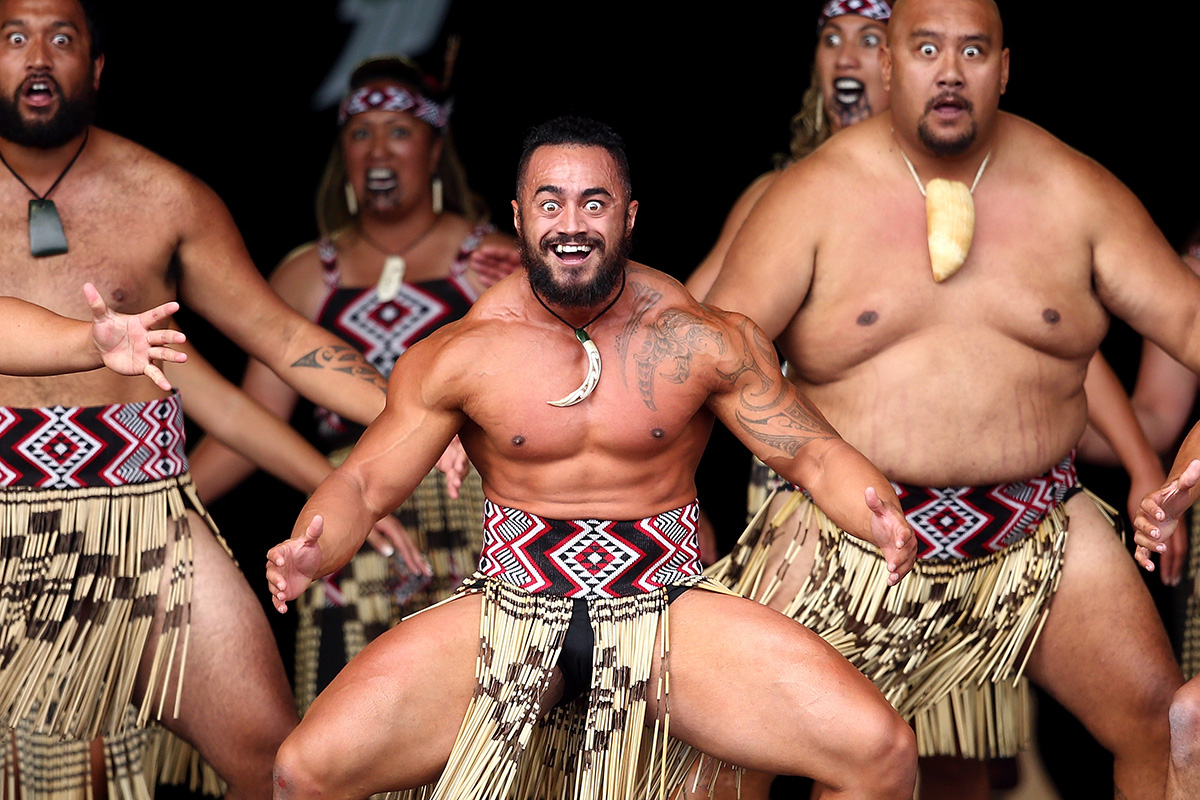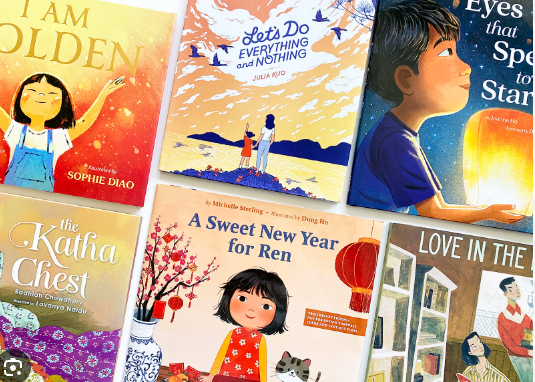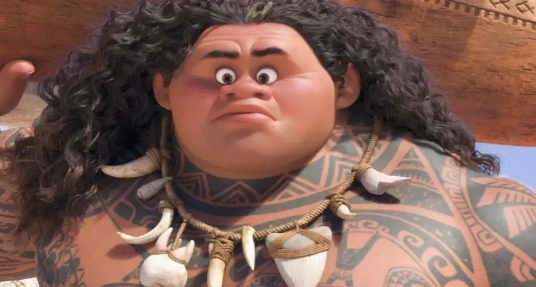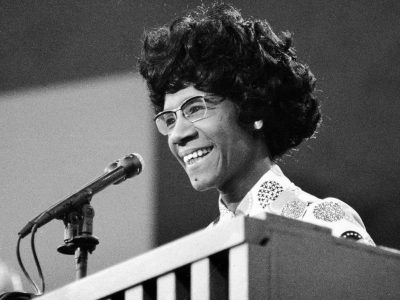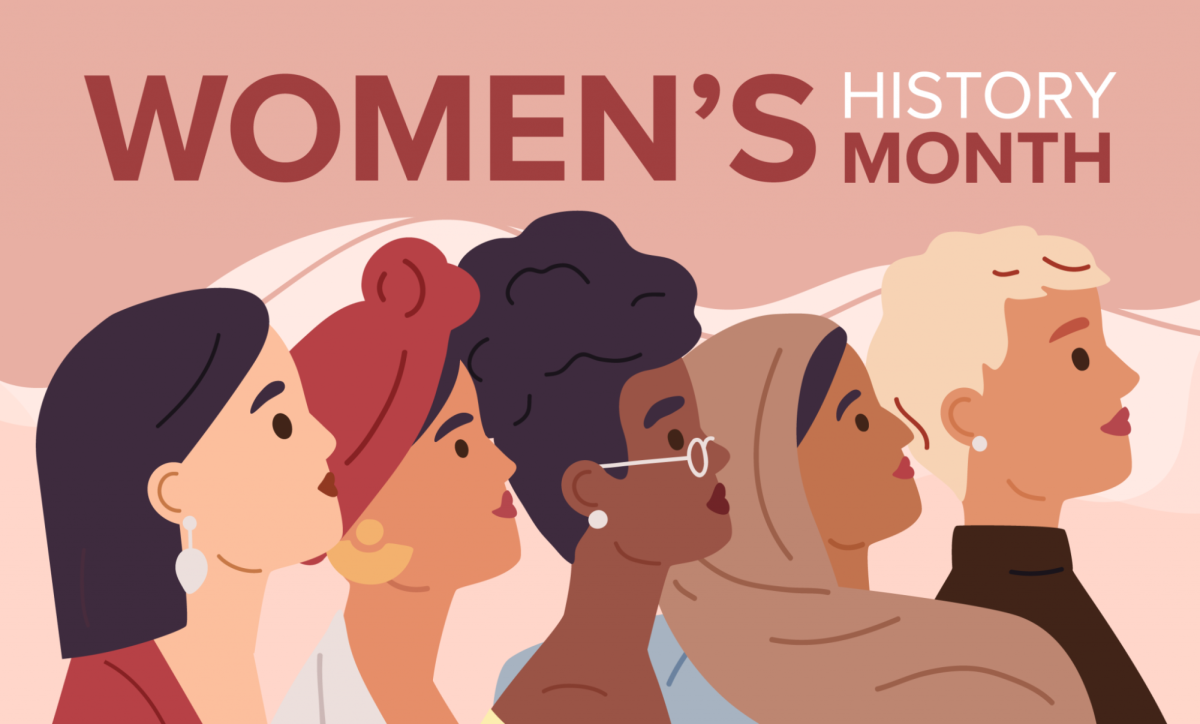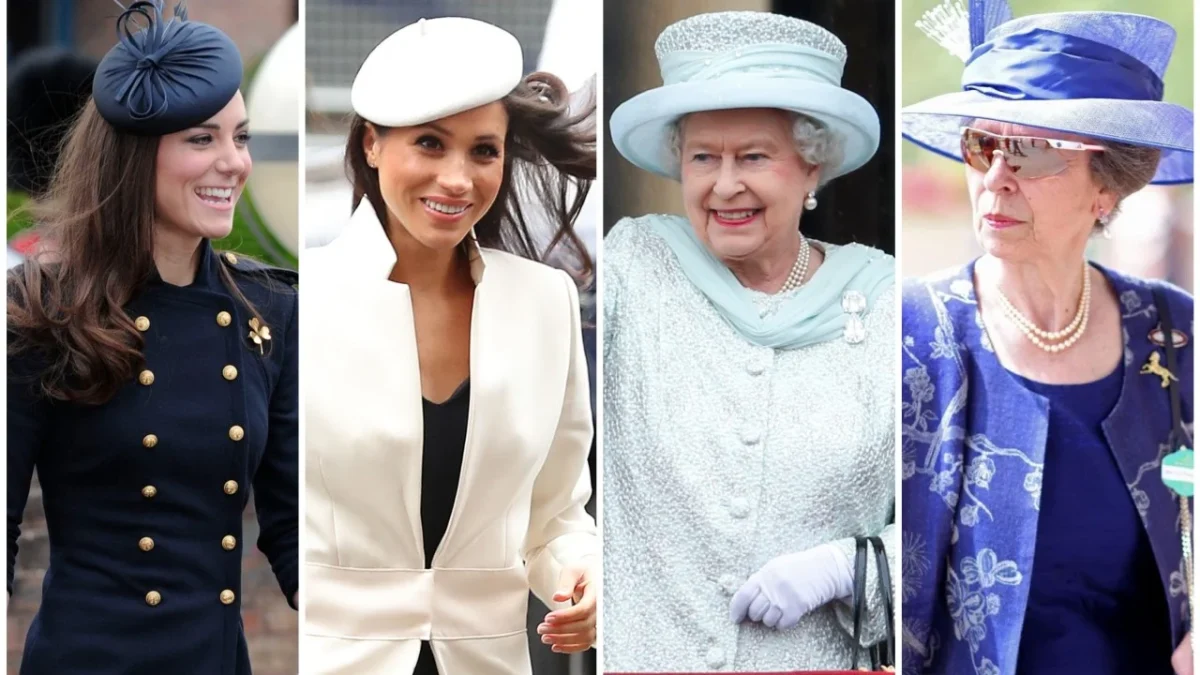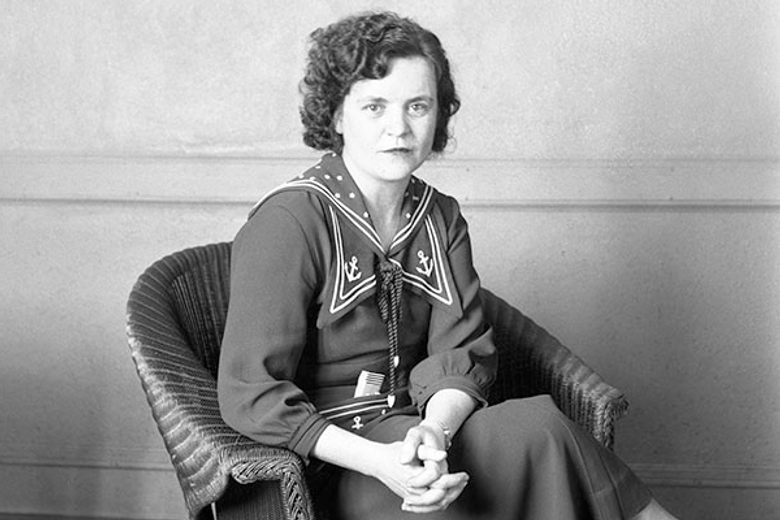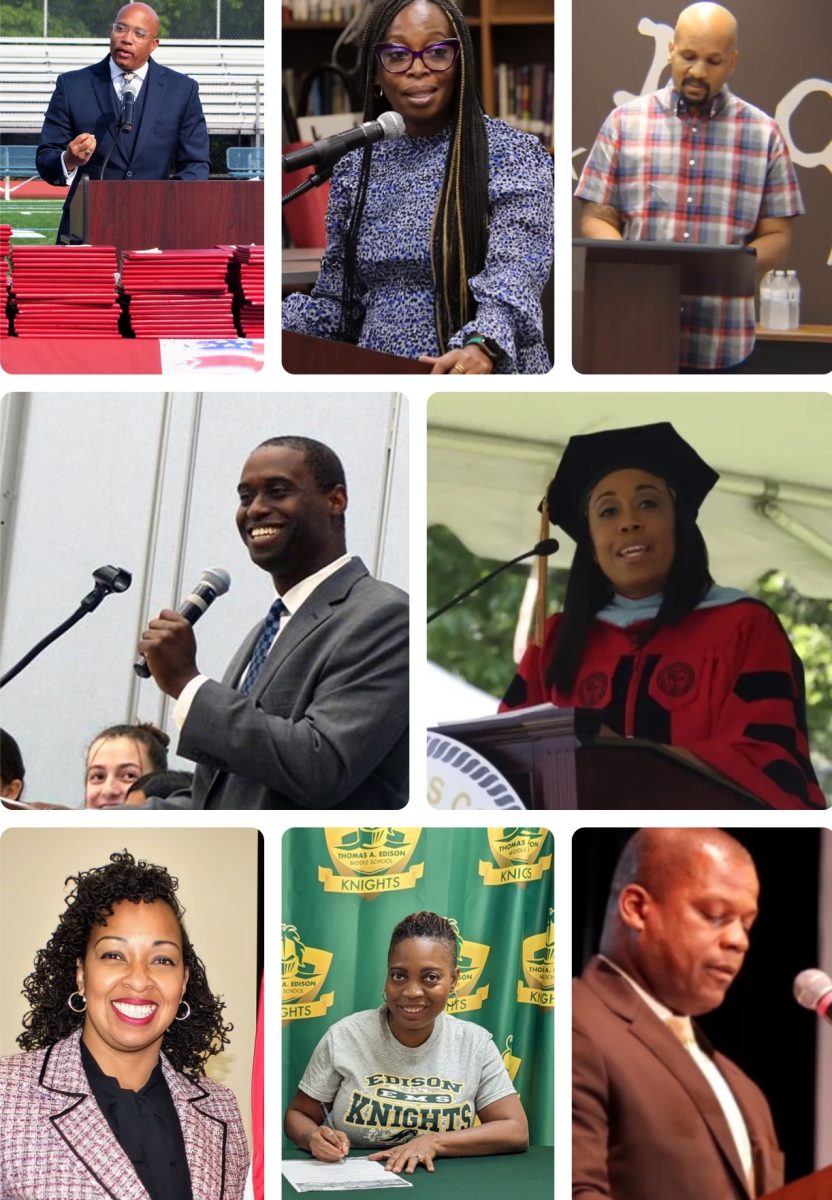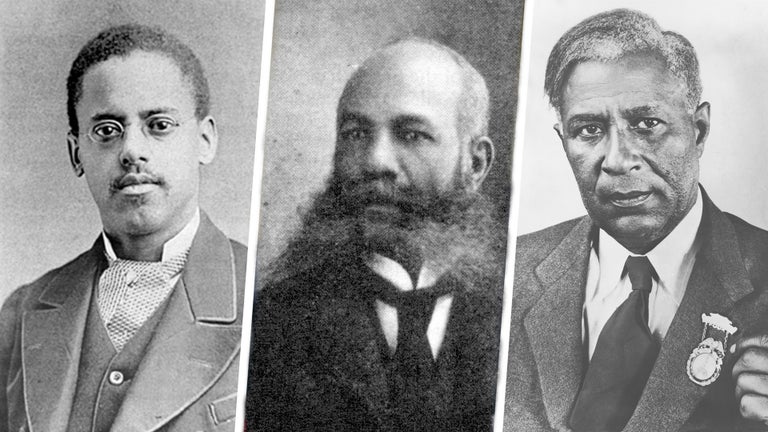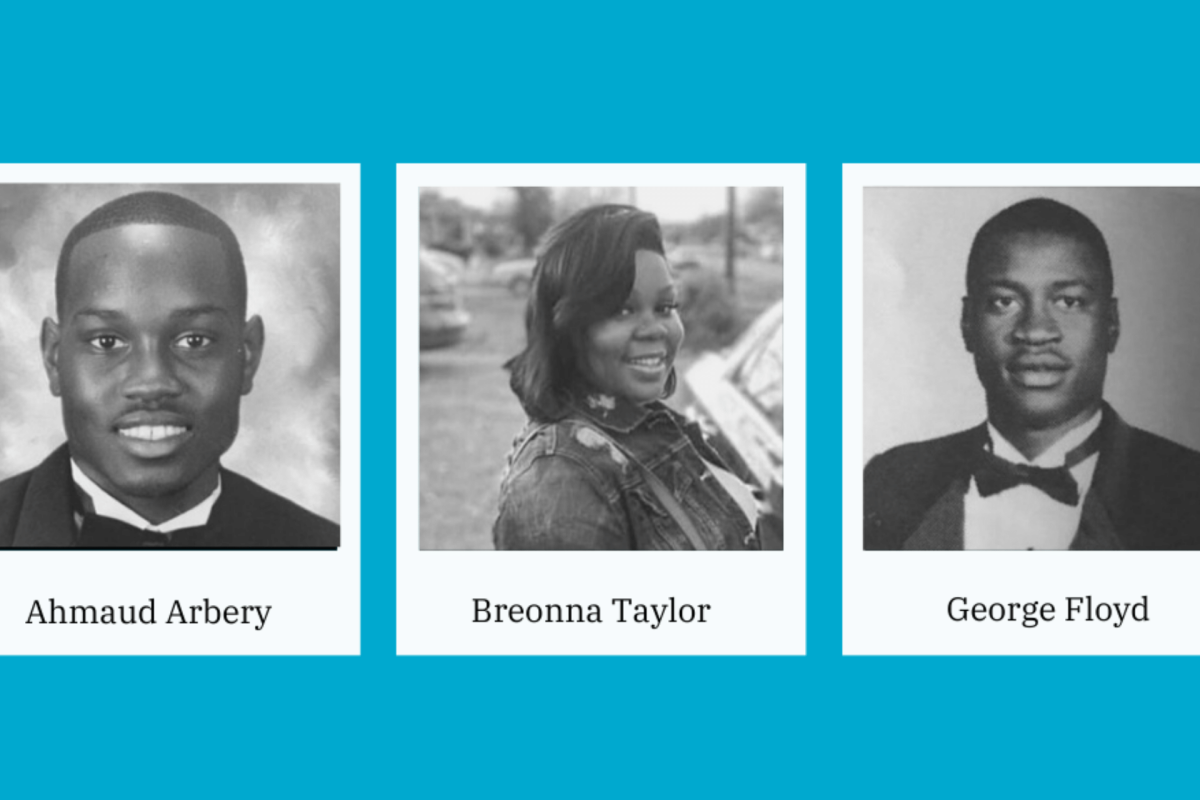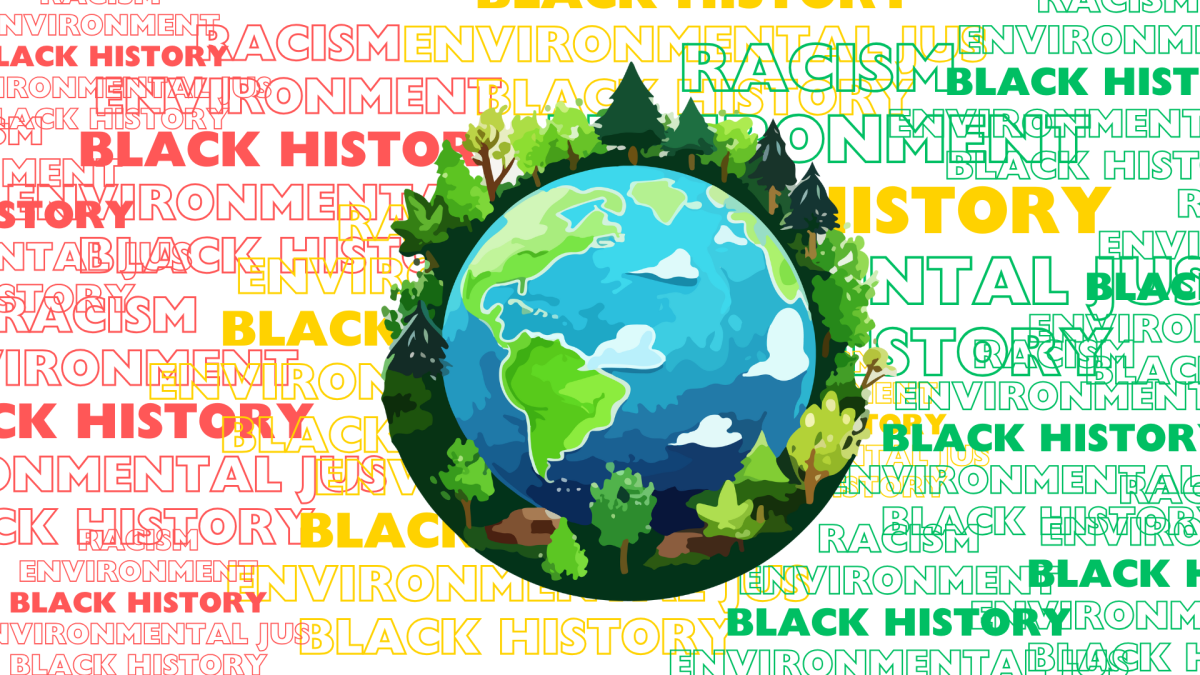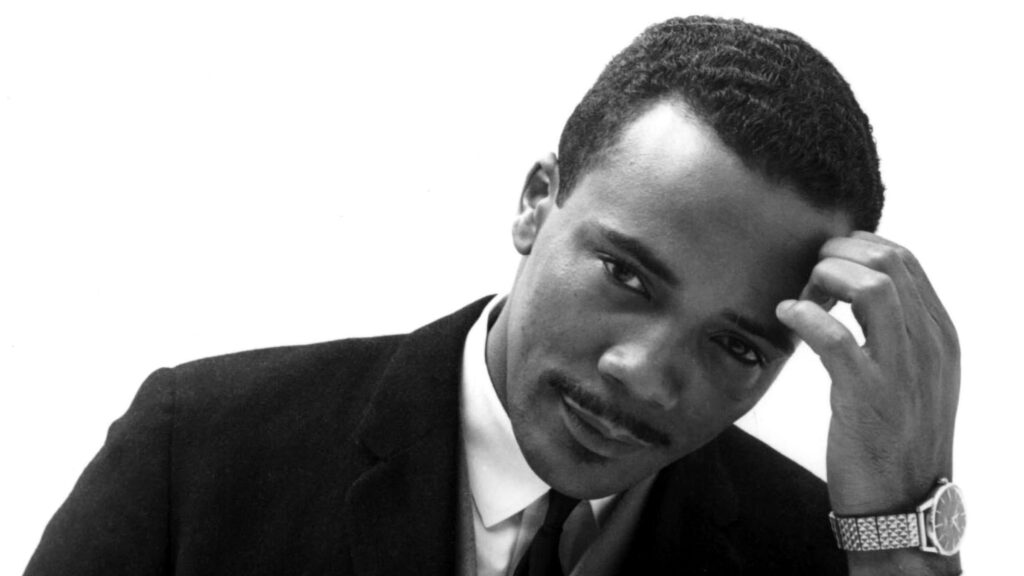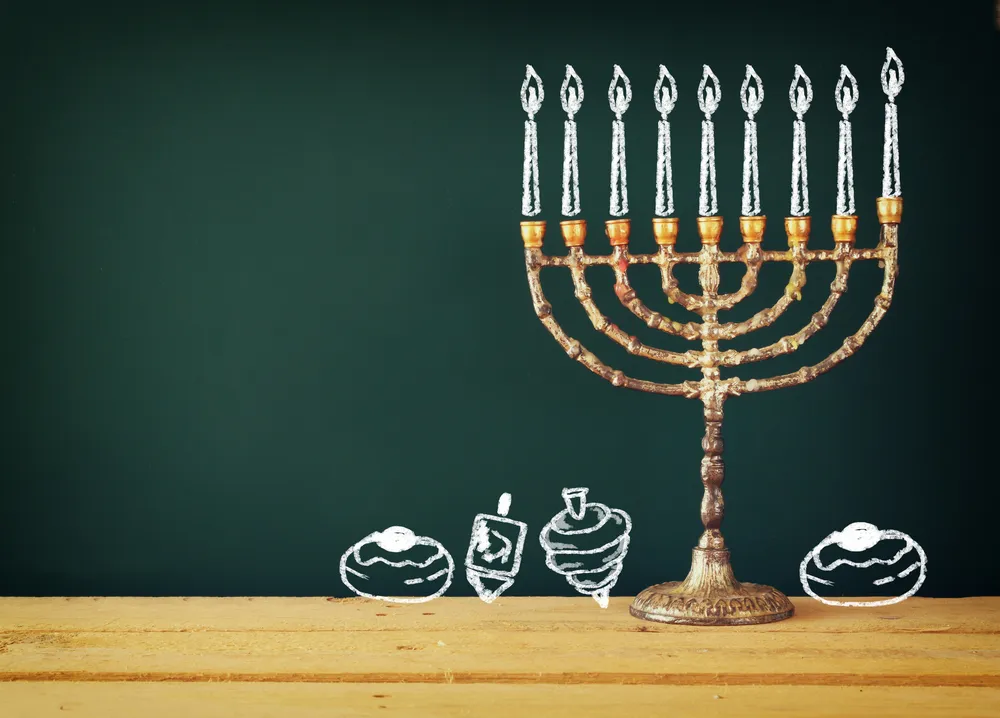The word “voodoo” can mean many different things to people, but few truly know the significance of its influence, or the history behind its development in Haiti and Louisiana. Some imagine stuffed dolls punctured with needles, sage and incense, or other small, typically dramatized and fictitious representations of Haitian Cultural Voodoo presented in film and other forms of entertaining media. It can be perceived as a menacing power, rather than what it truly was; a way for Haitians and African Americans to survive and create community during the slave trade, as well as the years of brutality left in its wake.
Haitian Cultural Voodoo, or typically known as just “Voodoo”, was brought to the Americas during the 17th and 18th centuries when Africans were being kidnapped, enslaved, and brought overseas. It originates from the West African cultural practice in Benin, called Vodun, which had been an established religion in the region for over 6,000 years. The word “voodoo” means “spirit” or “god”, from the Fon language of Dahomey. Those who were captured and enslaved from the Kingdom of Dahomey brought to Haiti their traditional practices, including the worship of ancestors and the belief that followers of Vodun were possessed by immortal spirits. At first, white slave owners banned Vodun and enforced Catholicism on the enslaved population. People still practiced the West African religion in secret; but over the years, Vodun mixed with Christianity, and turned into what is now known as Haitian Cultural Voodoo.
Song, dance, and drums are all common celebrations in the religious rituals of Vodun, but the mix of Catholicism added hymns, prayers and other pieces of Christian influence to their worship. In 1791, after the slave revolt in Haiti, a wave of free people came to Louisiana, specifically New Orleans, where they set up their lives, integrating among other free and enslaved people brought to the United States from West Africa and Haiti. Voodoo, sometimes known as Voodoo-Catholicism in Louisiana, flourished in the French Quarter of New Orleans. In this domination, nature, spirits and ancestors are valued with the idea that God does not interfere in people’s daily lives, but spirits do, and these spirits can be accessed through ritual/prayer.
Specific charms, amulets, and other pieces of jewelry/clothing were adorned due to the belief that they provided protection, healing properties, and the ability to harm others. In the 1800s, as Voodoo set a more prominent stage in Louisiana, Voodoo “Kings” and “Queens” rose up in power.
Marie Laveau is one example of a legendary Voodoo Queen, who was said to be so respected and feared by white men that all lawyers, politicians, and businessmen in the New Orleans area would consult her before making any hefty decisions. Day and night, people would come to her doorstep asking for help, and she never turned them down. Laveau adopted children, fed the starving, helped enslaved servants escape, and was aid to the sick during the yellow fever pandemic.
Dr. John, also known as Bayou John, was a Voodoo King, born in Senegal but kidnapped as a young boy and taken to Cuba as a slave. He managed to make his way into New Orleans as a cotton-roller, where he then became a renowned healer and fortune teller, and eventual teacher of Marie Laveau herself.
Most people practice nowadays through reading, spiritual baths, personal ceremonies, and prayers to help with anxiety, depression, illness, and other afflictions. Potions, gris-gris dolls, and talismans can still be found in New Orleans, and are particularly popular with tourists. Congo Square, a historically rich site where enslaved people used to gather in the 1800s, is now a very famous destination that holds drum circle ceremonies and memorials every year so people can gather and celebrate the stories of their ancestors.
In modern times, few call Voodoo-Catholicism their religion, and it lives mostly in memory and remnants of what was a hugely powerful form of resistance and community for enslaved African Americans and Haitians. It brought peace, prosperity and opportunity for the oppressed and the suffering. Despite the efforts of colonizers and white slave owners to erase their heritage and background, West African traditions live on through Voodoo and the people who practice it. After centuries passed, Voodoo has retained a powerful grip on its cultural influence, and it will undoubtedly echo throughout the annals of American history forever.
